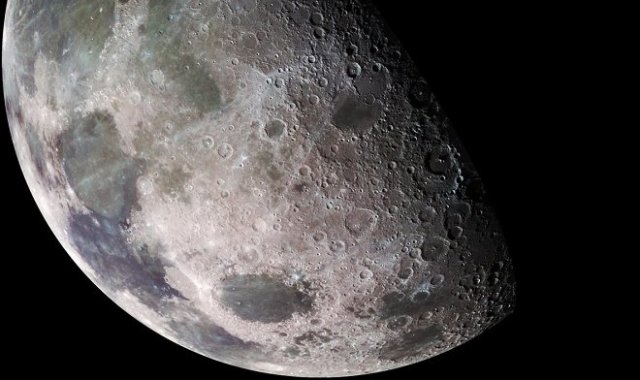According to Roscosmos, the declaration will be a continuation of the memorandum of understanding between the governments of the two countries on the creation of a lunar station
MOSCOW, September 27. /TASS/. Roscosmos and the Chinese National Space Administration (CNSA) will present a declaration on the International Lunar Science Station (ISS) during the International Astronautical Congress in Dubai. This is stated in the message of Roscosmos, distributed on Monday.
On Monday, representatives of the state corporation and the Chinese department, together with experts from France, Italy, the Netherlands, Germany, Malaysia, Thailand, the United Nations Office for Outer Space Affairs, the European Space Agency and the Asia-Pacific Space Cooperation Organization, held talks on the draft declaration. The consultations were held in a closed format.
"The declaration, finalized taking into account the proposals of international experts, will be presented to the world space community for wide discussion within the framework of the 72nd International Astronautical Congress, which is scheduled to be held in Dubai from October 25 to 29, 2021," the message says.
According to the state corporation, the declaration will be a continuation of the memorandum of understanding between the governments of the Russian Federation and China on the creation of a lunar station. They added that the declaration "reveals common approaches to the implementation of the MNLS project, possible formats for the participation of all interested partners, as well as guidelines for the activities of the parties within the framework of cooperation" on this project.
Roscosmos and CNSA in June, within the framework of the Global Conference on Space Exploration (GLEX-2021), presented a roadmap for MNLS. According to the information provided, the construction of the station should be fully completed by 2035. From 2026 to 2030, two missions are planned to test landing and cargo delivery technologies, as well as return lunar rock samples to Earth. From 2031 to 2035, the parties will deploy infrastructure in orbit and on the surface of the Moon, including communication complexes, as well as electric power, research and other equipment.
According to the project roadmap, the station's transport infrastructure will include research and technical lunar rovers, as well as a jumping robot. The parties plan to equip the station with several smart mini-rovers designed to explore the surface of the Earth's natural satellite.

